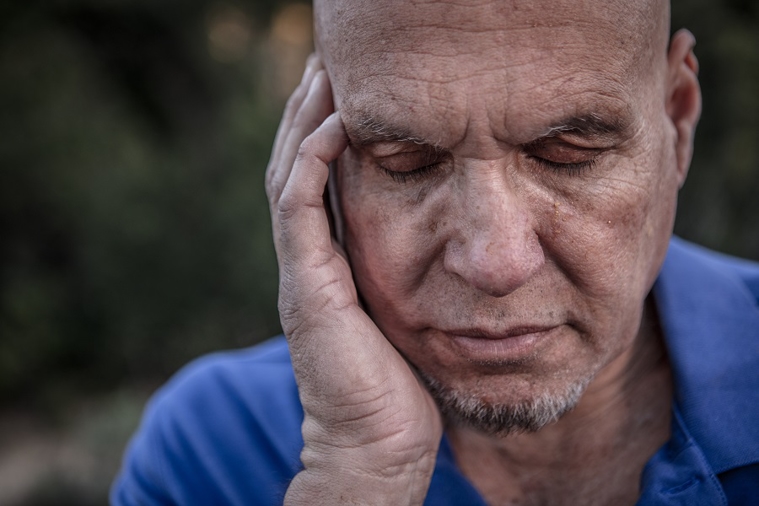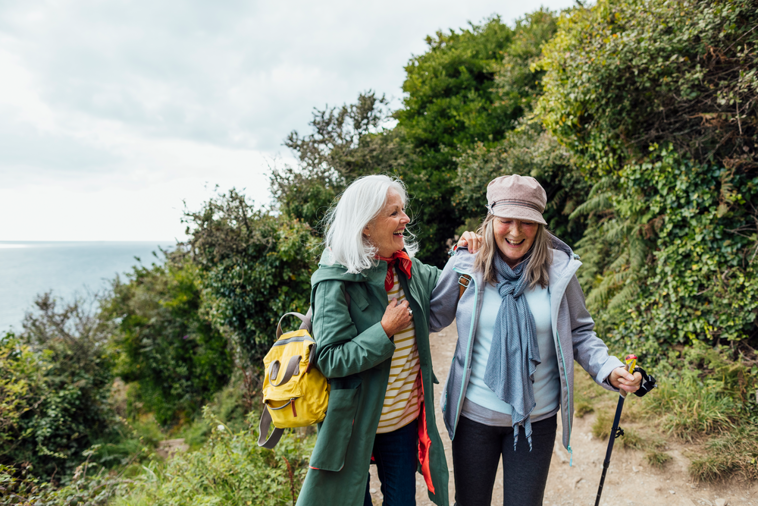Skin in the Game
Dec 18, 2024

Much has evolved regarding how people understand the risk factors for skin conditions since Renee Christenson started working in dermatology nearly 25 years ago.
When she was an adolescent, she recalls that people were encouraged to soak up the sun to boost both mood and appearances. Chalk-white zinc-based lotion was commonly dabbled on noses and cheeks, but sun-bathers also often lathered their limbs and torsos in baby oil and sun-tan lotion for maximum tanning effect. Sunscreen had yet to become widely available or understood as a critical way to reduce one’s risk of developing skin cancer and other potentially fatal diseases.
“It was a status thing and considered the affluent thing to do,” she says, explaining that—beginning in the 1920s—tanning was considered a form of elite status reserved for those who could afford luxury vacations. “[It was] like proving you could afford to go lay at the beach, and people wanted to look good. Then we started realizing that the sun was creating problems.”
Christenson is a board-certified physician assistant specializing in dermatology who works as a dermatology provider at Adventist Health, where she helps people in the Paradise area with a range of skin conditions such as rashes, eczema, psoriasis, skin cancers and pre-cancerous conditions. She treats most of these conditions at the Feather River Health Center on Skyway, with cosmetic services offered on select days at a separate office on Clark Road.
Although there are several skin cancers that are very treatable, melanoma is one of the most concerning, Christenson says. “Around twenty years ago, treatments to combat the more significant melanomas were beginning to emerge.” she noted. “Prior to this, surgical removal of the melanoma was the treatment of choice. Chemotherapy and radiation for metastatic melanoma were not always effective. Now we have immunotherapy and targeted therapy in addition to traditional cancer treatments that are saving lives that might have been lost in the past.”
However, there is always a degree of uncertainty in the effectiveness of even the most modern treatments, Christenson says. “We have people who may choose to have no treatment and pass from the disease, or some that were just caught too late. At the same time, I have patients [whose conditions] are caught late, and they do just fine.”
Protect skin from sun damage
There are strategies to help reduce an individual's risk. Christenson identifies several easy ways to protect your skin from sun damage:
- Cover up prior to long sun exposure. “For instance, consider your arms when you’re driving—as well as your chest and your neck. Those areas are significantly exposed, and we don’t think about that. We have the air conditioner going; we think we’re fine. But it’s actually very important to cover everything when you’re driving.” She suggests keeping a long-sleeved shirt or shawl and something to cover your fingers in your car.
- Wear sunscreen daily, and not just on your face. “I always tell people chest, neck, face and arms every day,” Christenson says. “Don’t miss those areas.”
- Avoid tanning booths. “People think tanning booths are safer than the sun,” she says, “but they absolutely are not. They are listed as a human carcinogen. Thankfully, there are laws to block children under the age of 18 from using these. I have known people who took their 7-year-olds to tanning booths, and it’s good they can’t do that anymore.”
- Wear sunscreen with SPF 30 or higher. Anything lower is ineffective after a very short time, according to Christenson.
Whether from sun exposure or tanning booths, UV exposure damages our DNA. Christenson says our immune system’s ability to repair this damage is reduced as we age. “When I see patients, I remind them that wearing your hat and your SPF sunscreen now helps prevent further damage down the road.”


